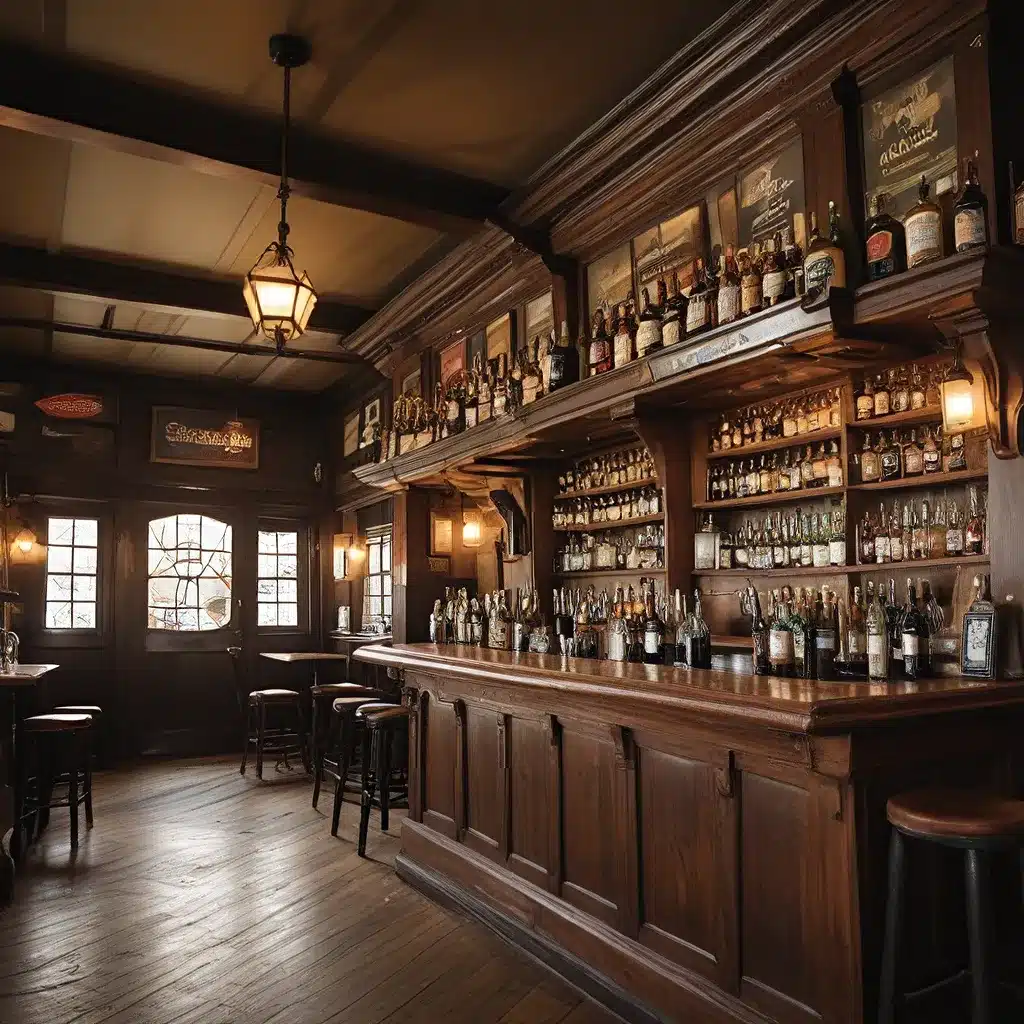
Raising a Glass to the History of the Humble Spring Bar
Ah, the humble spring bar – that unassuming little component that holds our beloved timepieces to our wrists. Who could have guessed that the origins of this ubiquitous watchmaking fixture would lead me on such a delightfully meandering journey through the annals of horology?
It all started with a simple question from a commenter on one of my previous articles. “Who invented the spring bar?” they asked, an innocent query that sent me down a rabbit hole I never saw coming. You see, I – like many others it turns out – had no idea. I mean, spring bars are everywhere, from $75 Seiko divers to $75,000 vintage Rolexes. They’re the horological equivalent of the wheel – essential, yet so banal and overlooked that their origins seemed to have been lost to the sands of time.
But I’m not one to shy away from a good mystery, so I set out to uncover the story behind the spring bar. Little did I know the adventure that awaited me.
The Curious Case of the Missing Inventor
My initial search for the spring bar’s inventor yielded… well, not much. I reached out to my usual horological sources – industry experts, auction house leaders, even the patrons of my local watering hole – but no one seemed to know the answer. It was as if the spring bar had simply materialized out of thin air, with no clear historical progenitor.
Undeterred, I dove deeper into the archives, scouring obscure patent records for any clues. And that’s when things started to get interesting. It seemed that while the spring bar as we know it today may not have a single, clear-cut inventor, its origins could be traced back to a series of incremental improvements and innovations over the decades.
The Slow Evolution of the Spring Bar
The earliest inklings of the modern spring bar can be found in patents dating back to the late 19th century. In 1882, for example, a certain Mr. T.R. Boone patented a “cuff and dress supporter” that utilized a telescoping spring-powered mechanism – a clear precursor to the spring bars we use today.
But it wasn’t until the 1910s that the spring bar really started to take shape. In 1915, Charles Depollier, a pioneer in American watchmaking, filed a patent for a “convertible watch” that featured a spring-loaded system for attaching a strap. This, it seems, may be one of the earliest documented examples of the spring bar as we know it.
Further research revealed that the terminology and design of spring bars continued to evolve in the decades that followed. Patents from the 1920s and 1930s referred to “spring pins,” “spring dowels,” and other variations, all working towards the same goal of providing a secure, yet easily adjustable, way to attach a watch to a strap.
The Spring Bar’s Rise to Ubiquity
By the mid-20th century, the spring bar had become the de facto standard for wristwatch attachment. Patents filed in the 1940s and 1950s describe spring bars as a “well-understood” and “commonly used” solution, implying that the basic design had become widely adopted by that point.
And it’s easy to see why the spring bar has become so ubiquitous. Its simple yet effective design – a telescoping tube with spring-loaded pins that fit into the lugs of a watch case – is both secure and user-friendly. Sure, they may not be the most glamorous or high-tech watchmaking component, but they get the job done reliably, time and time again.
Of course, that’s not to say the spring bar has gone unchallenged over the years. Clever inventors have tried to come up with alternative strap attachment systems, from push-button clips to integrated lugs. But the spring bar has remained the go-to solution, a true workhorse of the watch industry.
The Spring Bar’s Enduring Legacy
As I reflect on this journey of discovery, I can’t help but marvel at the humble spring bar’s enduring legacy. What started as a seemingly mundane and forgettable component has revealed itself to be a crucial part of watchmaking history, the product of decades of incremental innovation and refinement.
And you know, the more I think about it, the more I realize that the spring bar is a lot like the pubs and watering holes that inspired this article. On the surface, they may seem unremarkable, just another part of the fabric of our everyday lives. But dig a little deeper, and you’ll find a rich tapestry of stories, each one contributing to the character and charm of these beloved institutions.
So, the next time you’re enjoying a pint at your local pub or glancing down at the watch on your wrist, raise a glass to the unsung heroes of the horological and hospitality worlds. Here’s to the spring bars and the pubs – the humble, yet essential, components that keep the world ticking and our thirst quenched.
Who knows, perhaps your local watering hole has its own spring bar-esque origin story just waiting to be uncovered. After all, as I’ve learned, you can never be quite sure what secrets the past might hold.
Cheers, and happy exploring!

